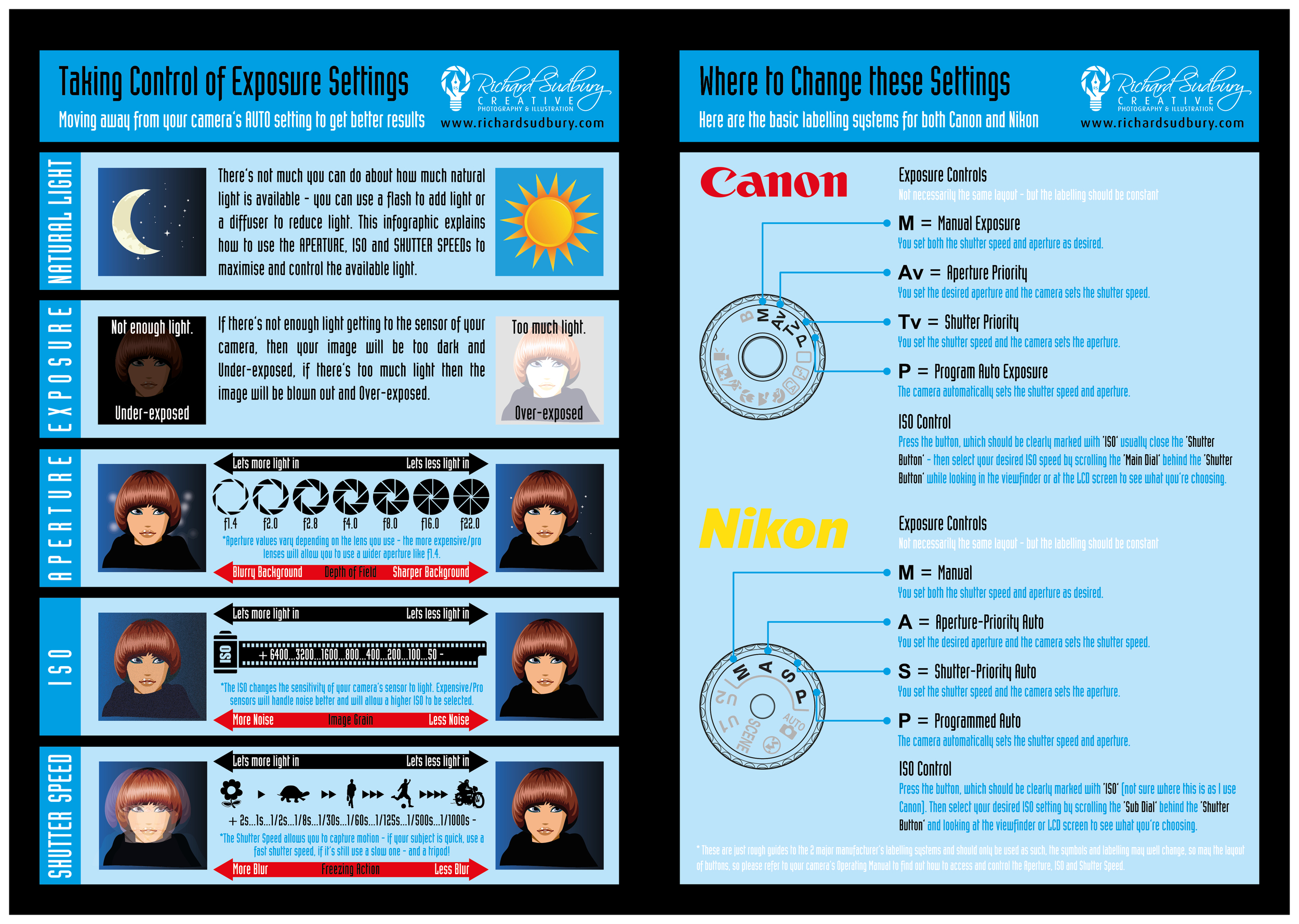Digital Photography Tips For Beginners: Understanding Your Electronic Camera In No Time At All
Digital Photography Tips For Beginners: Understanding Your Electronic Camera In No Time At All
Blog Article
Authored By-Grant Fuentes
When you initially grab your electronic camera, it can really feel overwhelming with all the setups and choices readily available. You might find yourself asking yourself how to browse aperture, shutter rate, and ISO efficiently. Mastering these basics is crucial, however there's even more to photography than just technical knowledge. Comprehending make-up strategies and illumination problems can raise your photos dramatically. So, suppose you could learn easy approaches to improve your abilities and begin recording impressive photos sooner than you assume? Allow's explore how to change your digital photography trip.
Comprehending Camera Setups
Comprehending your camera setups is crucial for capturing stunning photos. When you grab your electronic camera, familiarize on your own with the 3 major settings: aperture, shutter speed, and ISO. https://zenwriting.net/adrian3481lizeth/comparing-popular-cameras-which-one-is-best-for-you plays an essential function in how your photos end up.
Beginning with aperture, which manages the amount of light going into the lens. A larger aperture (reduced f-number) lets in a lot more light and produces a lovely background blur, ideal for pictures. On https://postheaven.net/kaseytrenton/usual-blunders-new-photographers-make-and-how-to-avoid-them , a narrower aperture (higher f-number) maintains more of the scene in emphasis, perfect for landscapes.
Next, concentrate on shutter rate. This setup identifies the length of time your cam's sensor is subjected to light. A quick shutter speed ices up movement, which is wonderful for activity shots, while a slow shutter speed can develop stunning effects like smooth water in landscapes.
Lastly, adjust your ISO. This setup impacts your video camera's sensitivity to light. A greater ISO works in low-light circumstances however can introduce sound or grain. Go for the lowest ISO possible while still accomplishing correct direct exposure.
Make-up Strategies
When you're out capturing, structure can make all the difference in how your photos resonate with audiences. Begin by utilizing the policy of thirds; visualize your framework divided into nine equivalent areas with 2 horizontal and two upright lines. https://www.nationalgeographic.com/animals/2019/10/wildlife-photographer-of-the-year-2019/ along these lines or at their crossways to produce equilibrium and rate of interest.
Next off, consider leading lines. These all-natural lines in your scene, like roadways or rivers, draw the customer's eye into the photo, directing them through the story you're telling.
Do not ignore mounting; usage elements within your scene, like trees or windows, to develop a structure around your subject, including deepness and emphasis.
Also, keep an eye on your background. A cluttered background can sidetrack from your main topic, while an easy one assists it stand apart.
Last but not least, try out proportion and patterns; they can develop a striking image that catches interest.
Learning Lighting Conditions
Grasping illumination problems is critical for capturing stunning pictures, as the ideal light can transform a common scene into something amazing.
Start by observing all-natural light at different times of the day. Early mornings and late afternoons provide the very best light, referred to as the gold hour. The soft, warm tones during these times can boost your pictures wonderfully.
Do not shy away from cloudy days either; diffused light can reduce rough shadows and produce a pleasing result, especially for portraits.
Headshot portrait by positioning your subject against the light. This technique can create a fanciful halo result and include depth to your photos.
Focus on your video camera setups also. Readjust the ISO, aperture, and shutter rate to fit the lights conditions. A higher ISO can assist in low light, yet beware of grain.
Make use of a tripod in darker environments to prevent blur.
Lastly, do not forget man-made lights. Flash and constant lights can be great devices for controlling light in challenging problems.
Final thought
To conclude, grasping your cam does not need to be overwhelming. By understanding your setups, using structure techniques, and taking advantage of the power of natural light, you'll rapidly boost your photography skills. Bear in mind, exercise makes excellent, so venture out there and experiment with your newly found knowledge. With time and dedication, you'll be recording magnificent images that reflect your distinct viewpoint. Enjoy the trip, and don't neglect to have a good time while you go to it!
